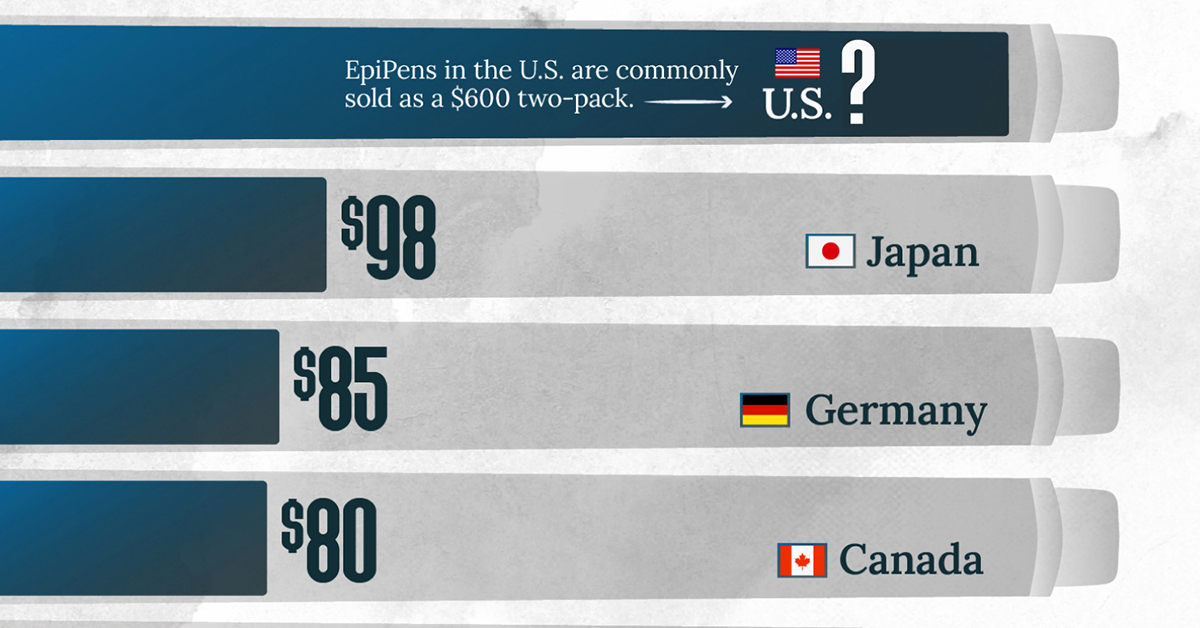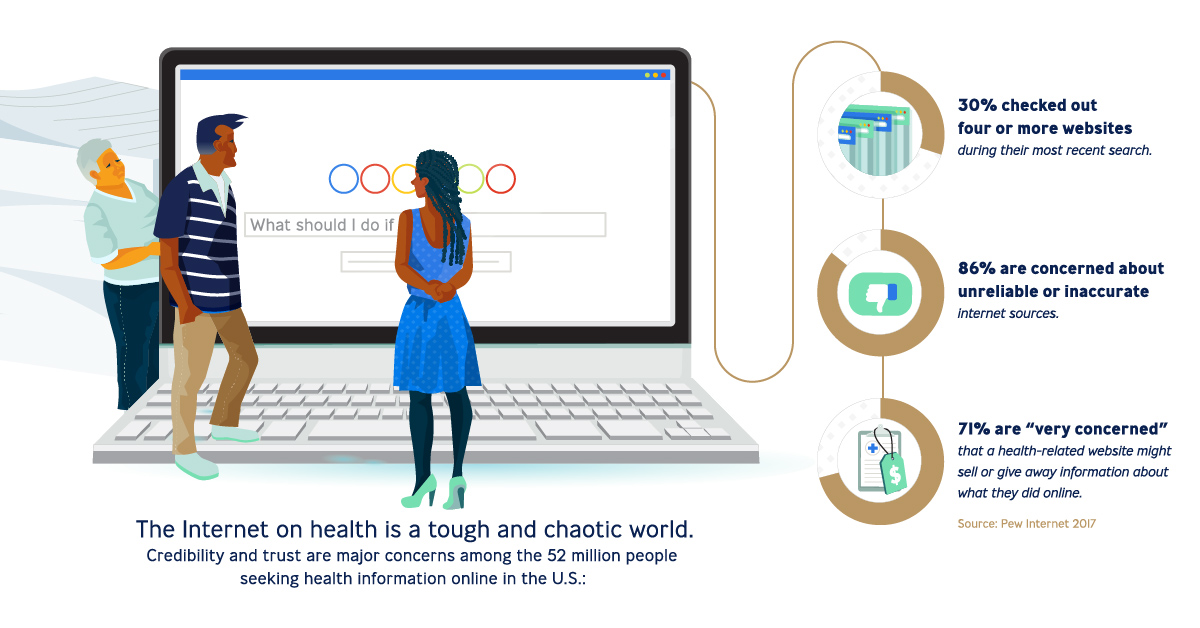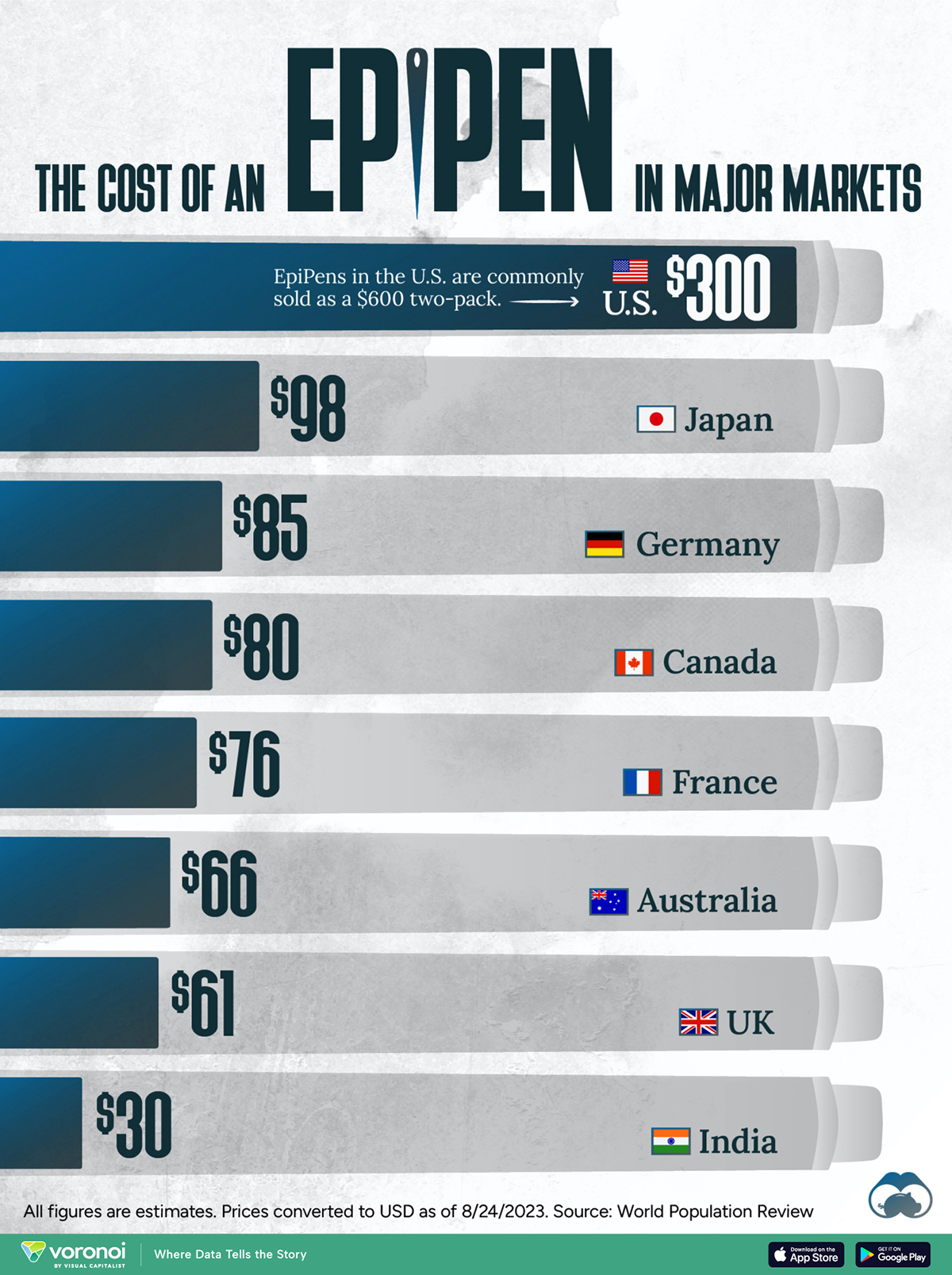Healthcare
How Tech is Changing How Healthcare Must Communicate With Patients

How Health Companies Must Communicate With Patients
From consumer-focused apps to groundbreaking 3d printing techniques, the healthcare industry is constantly in the process of being revolutionized by new technologies.
These changes are disrupting the status quo of how business has been done for years – and they are even forcing companies to pivot in the areas of business that aren’t as traditionally driven by innovation or R&D.
One such area: how companies communicate with potential and active patients.
The Pivot to Content Strategy
Today’s infographic comes to us from Publicis Health, and it shows that technology is changing the way that life sciences and pharmaceutical companies will need to market and inform consumers.
For an industry in which one-way communication has traditionally been the norm, a multitude of factors are converging to make it essential for healthcare companies to pivot to a new way of doing things. Instead of using a loudspeaker to broadcast their message, companies must listen to customers while inspiring authentic discussions.
A New Content Model
New media is driving more dynamic content than ever – and with a galaxy of content channels available, massive amounts of information are shared every minute on the internet.
But in this new environment, traditional one-way advertising is less effective. After all, it must compete against millions of user-generated posts shared on social platforms.
To add to the problem, consumers are becoming skeptical about the health information they find online:
- 86% of users are concerned about unreliable or inaccurate information on internet sources
- 30% of users had to checked out four or more websites in their search for information
- 71% were very concerned that a health-related website would give away or sell their data
How can health companies thrive in this new environment? How can they get the attention of customers, while still remaining credible and authentic?
The Strategic Roadmap
Healthcare marketers need to think about the spaces in which their brand will live, and the different conversations that will need to happen along a patient’s journey.
To approach customers on a one-on-one basis with a pivot to content strategy, healthcare brands will need to follow the following framework:
1. Purpose: Guiding insight that pinpoints why people will want to use and share the content
2. Personas: An intimate guide to the people whom the content is designed for
3. Platforms: Where content will be the most effective for an audience and brand
4. Pillars: What topics and themes make up the content mix
5. Behaviors: Actions people need to take to help get to better health outcomes
6. Tactics: Sample visualizations of how the audience will be activated in platforms
7. ROI Design: Framework for measuring business success, mapped to existing strategic imperatives
A high-quality content strategy can have a far-reaching impact on the bottom line for healthcare companies, improving both health outcomes and business along the way.
This is part three of a seven part series. Stay tuned by subscribing to Visual Capitalist for free, as we go into these six forces in more detail in the future.
Healthcare
The Cost of an EpiPen in Major Markets
This visualization compares EpiPen prices around the world, with the U.S. having the highest prices by far.

The Cost of an EpiPen in Major Markets
This was originally posted on our Voronoi app. Download the app for free on iOS or Android and discover incredible data-driven charts from a variety of trusted sources.
EpiPens are auto-injectors containing epinephrine, a drug that can treat or reverse severe allergic reactions, potentially preventing death.
The global epinephrine market was valued at $1.75 billion in 2022 and is projected to reach $4.08 billion by 2030. North America represents over 60% of the market.
EpiPens, however, can be prohibitively expensive in some regions.
In this graphic, we present estimated EpiPen prices in major global markets, compiled by World Population Review and converted to U.S. dollars as of August 2023.
Why are U.S. Prices so High?
The U.S. stands out as the most expensive market for EpiPens, despite over 1 million Americans having epinephrine prescriptions. After Mylan (now part of Pfizer) acquired the rights to produce EpiPens in the U.S. in 2007, the cost of a two-pack skyrocketed to $600, up from about $60.
| Country | Price (USD) |
|---|---|
| 🇺🇸 U.S. | 300* |
| 🇯🇵 Japan | 98 |
| 🇩🇪 Germany | 85 |
| 🇨🇦 Canada | 80 |
| 🇫🇷 France | 76 |
| 🇦🇺 Australia | 66 |
| 🇬🇧 UK | 61 |
| 🇮🇳 India | 30 |
*Per unit cost. Commonly sold as a two-pack, meaning total cost is equal to $600
Former Mylan CEO Heather Bresch defended the price hikes to Congress, citing minimal profit margins. Mylan eventually settled with the U.S. government for a nine-figure sum.
Notably, EpiPens are available at a fraction of the cost in other developed countries like Japan, Germany, and Canada.
Making EpiPens More Affordable
Efforts to improve EpiPen affordability are underway in several U.S. states. For instance, the Colorado House approved a $60 price cap on epinephrine, now under review by the state Senate.
Similar measures in Rhode Island, Delaware, Missouri, and Vermont aim to ensure insurance coverage for epinephrine, which is not currently mandatory, although most health plans cover it.
-

 Real Estate2 weeks ago
Real Estate2 weeks agoVisualizing America’s Shortage of Affordable Homes
-

 Technology1 week ago
Technology1 week agoRanked: Semiconductor Companies by Industry Revenue Share
-

 Money1 week ago
Money1 week agoWhich States Have the Highest Minimum Wage in America?
-

 Real Estate1 week ago
Real Estate1 week agoRanked: The Most Valuable Housing Markets in America
-

 Business2 weeks ago
Business2 weeks agoCharted: Big Four Market Share by S&P 500 Audits
-

 AI2 weeks ago
AI2 weeks agoThe Stock Performance of U.S. Chipmakers So Far in 2024
-

 Misc2 weeks ago
Misc2 weeks agoAlmost Every EV Stock is Down After Q1 2024
-

 Money2 weeks ago
Money2 weeks agoWhere Does One U.S. Tax Dollar Go?




















